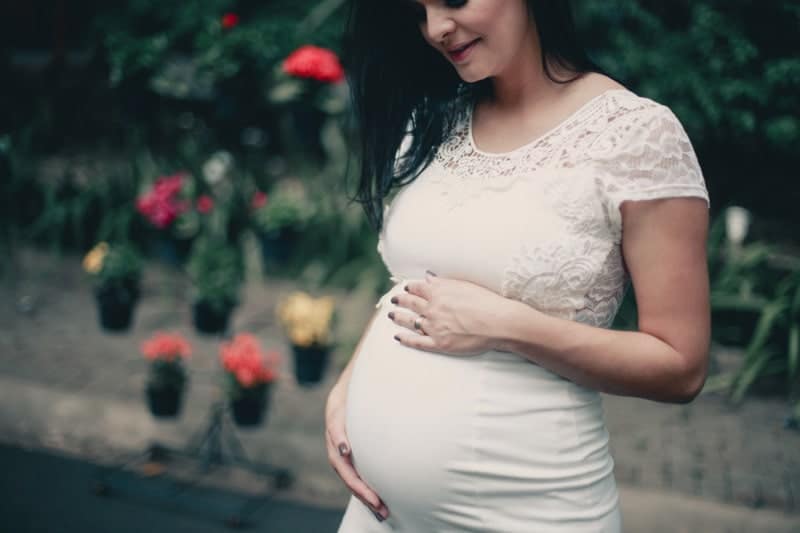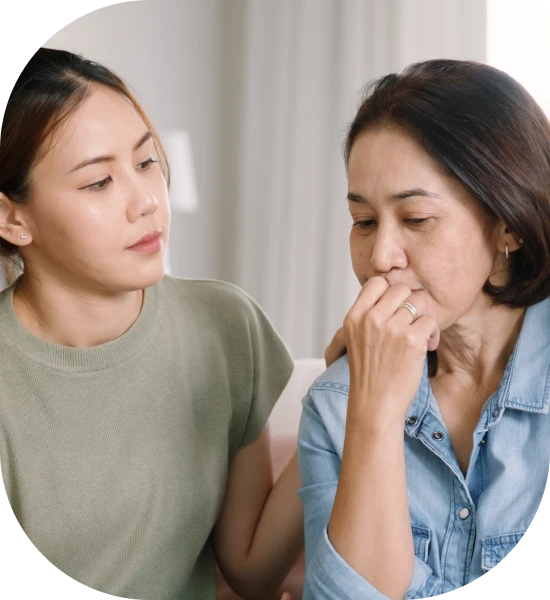Chronic bloating. Lower back pain. Fatigue that lingers even after rest. These are symptoms […]

These are non-cancerous growths that come from the muscle layer of the uterus which are commonly found in women of reproductive age. Fibroids can be single or multiple. They have varying shapes and can be located inside the uterine cavity, within the walls of the uterus, or on the outer surface of the uterus. They are slow-growing (about 1-2cm a year) and will typically start to shrink once a woman reaches menopause.
Many women get pregnant naturally even when they have fibroids. Most pregnant women with fibroids go on to deliver healthy babies. Fibroids will grow in size (together with the uterus!) as your pregnancy progresses, and shrink after delivery. Some complications that fibroids can cause when you are pregnant include:
You do not have to do anything. Your gynaecologist will monitor both your baby and fibroids throughout the pregnancy via ultrasound scans. Do see your gynaecologist if you develop sudden pain especially over your fibroid – this may be a sign of red degeneration.
This is not advisable as fibroids tend to be large with lots of blood supply at the time of delivery. Removing your fibroids at the time of your caesarean section will put you at risk of losing too much blood. It is recommended to leave the fibroids alone unless they are blocking access to your baby. Re-assess them after your uterus has shrunk back to its normal size – the fibroids would have most likely shrunk in size as well.
Chronic bloating. Lower back pain. Fatigue that lingers even after rest. These are symptoms […]
Many women live with Polycystic Ovary Syndrome (PCOS) without realising fact from fiction. This […]
Within the realm of women’s health, the terms “fibroids” and “cysts” are often mentioned […]





Aster Gynaecology © | All Rights Reserved.